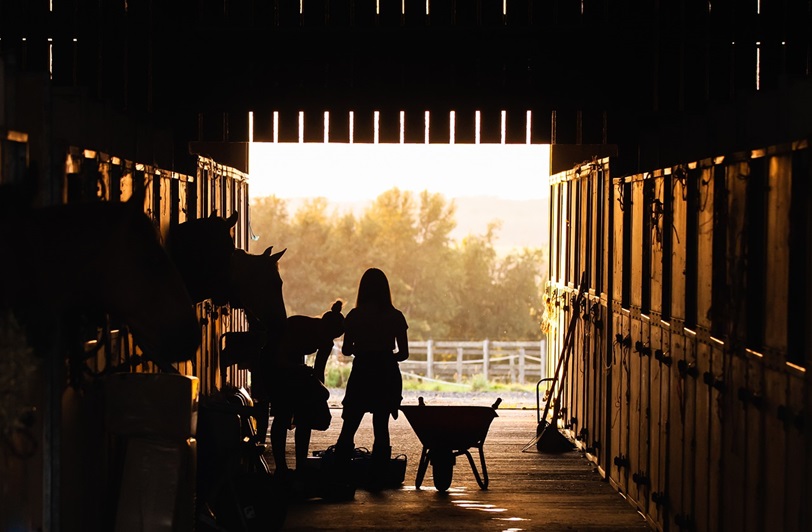Owning a horse ranch comes with its joys and responsibilities, and one crucial aspect of ranch management is maintaining the fencing. Proper fencing not only ensures the safety and security of your horses but also helps in managing the overall landscape of your property.
If you own a ranch, you should know the importance of offering a safe environment for your horses, and fences play a crucial role in this regard. Here are six essential tips to help you keep your horse ranch fencing in top condition.
1.Conduct Regular Inspections
Regular inspections of your fencing are paramount to identify any issues early on. Walk along the perimeter of your property at least once a month, checking for loose posts, broken rails, or sagging wire.
Look for signs of wear and tear caused by weather, pests, or general use. Promptly addressing any problems will prevent them from escalating into larger, more costly repairs.
2. Invest In Quality Materials
When it comes to fencing, quality matters. Invest in durable materials that can withstand the elements and the activity of your horses.
High-quality wood, vinyl, or metal fencing may require a higher initial investment, but it will pay off in the long run with fewer repairs and replacements. Additionally, choose fencing that is appropriate for your specific needs, whether it is containing foals, stallions, or pasture horses.
3. Ensure Proper Installation
Proper installation is key to the longevity and effectiveness of your fencing. Ensure that posts are securely anchored in the ground and that rails or wires are properly tensioned.
Follow manufacturer guidelines or consult with professional fencing contractors to ensure that your fencing is installed correctly. Properly installed fencing not only looks better but also provides better containment and protection for your horses.
4. Invest In Regular Maintenance
Like any other aspect of your ranch, equine fence requires regular maintenance to stay in optimal condition. Schedule routine maintenance tasks such as painting, staining, or treating wood fencing to protect against rot and decay. Hire professionals to inspect the fence and fix minor issues promptly.
Trim vegetation along fence lines to prevent damage from overgrowth and reduce the risk of fire. Additionally, inspect and repair gates and latches to ensure they are functioning properly.
5. Consider Electric Fencing
Electric fencing can be a valuable addition to your horse ranch, especially for temporary or rotational grazing areas. It provides a psychological barrier for horses without the need for heavy materials or permanent installation.
However, it is important to properly maintain electric fencing by regularly checking for breaks in the wire, ensuring adequate voltage, and keeping vegetation clear to prevent grounding.
6. Monitor Grazing Patterns
Pay attention to your horses’ grazing patterns and adjust fencing accordingly. Rotational grazing can help prevent overgrazing and promote healthier pastures by allowing vegetation to recover between grazing periods.
Use temporary fencing or moveable panels to create smaller grazing areas that can be rotated regularly. Monitoring grazing patterns will not only benefit your pastures but also help extend the life of your fencing by reducing wear and tear.




